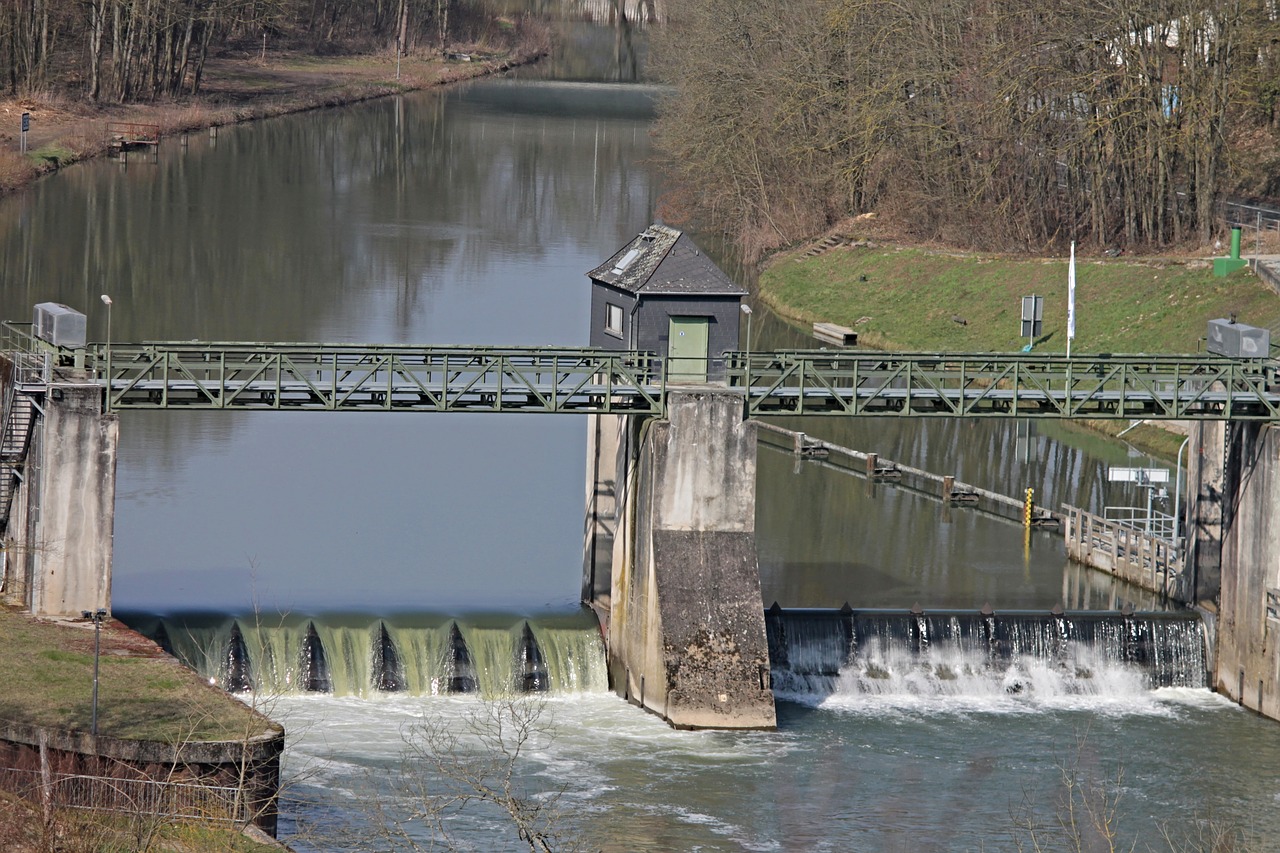A study that was conducted not too long ago by scientists from all over the world and led by the University of Minnesota was recently published in the multidisciplinary and peer-reviewed scientific journal PLOS ONE.
The Science Museum of Minnesota’s St. Croix Watershed Research Station, the San Francisco Estuary Institute, ETH Zurich, and Pace Analytical are all involved in this project, which demonstrates that a newly studied class of known toxic and hormone-disrupting to marine animals water contaminants are partially the indirect effects of human activity. This finding was made possible by the collaboration of these organisations.
Hydroxylated polybrominated diphenyl ethers are the contaminants of concern at the moment, and research is being done on them because they are present in the majority of countries throughout the world (OH-BDEs). The concentrations of these toxins have been progressively rising over the course of time. This is having an effect on wild animals including polar bears, Baltic salmon, and bald eagles, and it has also been discovered in the plasma of humans.
Recent findings suggest that the creation of OH-BDEs takes place naturally in marine bacteria and algae, but that this process appears to be accelerating as a result of indirect influence from humans. Previous research has shown that exposure to OH-BDEs can alter both the function of the thyroid and the development of the nervous system.
Although many different manufacturing facilities, precipitation, and sewage and wastewater systems are all known to be sources of PBDE pollution, the purpose of this study is to investigate why this increase is taking place. Specifically, the researchers are looking into whether or not there may be a connection to flame retardants known as polybrominated diphenyl ethers (PBDEs), which have been widely used since the 1970s.
The widely used antibacterial agent triclosan, which is chemically similar to OH-TriBDE, is also being analysed. Researchers have a hypothesis that the study could indicate that common human-related pollution is the cause of OH-BDEs, and they believe that this hypothesis will be supported if the results of the study support the hypothesis.
According to the research that has been done so far, greater levels of nutrients and temperatures in the water may have an effect on microbial activity and cause a rise in OH-BDE levels. Larger amounts of OH-BDEs were found in areas with a higher population density, while only small amounts were found in areas with a lower population density. In addition, strangely enough, no OH-BDEs were found in the freshwater in Minnesota, which is a state where flame retardants are commonly used. This tends to allude to the idea that flame retardants are probably not the origin of OH-BDEs; however, study is still being conducted, particularly in areas where there is a high rate of human activity, to determine how it impacts our aquatic systems and the quality of our water globally.
Living-Water Ltd. offers water coolers for hire as well as water coolers for buy on their website. Living-Water Ltd. is your source for both bottled water coolers and water coolers that are fed directly from the mains.






